Nearly three years ago, I shared a post on what camera gear I use…
…and while having high-end professional gear absolutely makes my work a more pleasant experience, a good photographer is not made by good gear alone! Honestly, a lot of us really wait until we’ve either completely outgrown gear, or until equipment breaks to upgrade due to this. I really want to make a point that none of this is essential to learning, and that having a solid understanding of lighting is way more important than owning a more expensive lens! On top of that, no one buys every piece at once- it takes time to grow and curate.
That entire paragraph was taken right from my last post. It’s still true today. BUT- I’m here to say I’m a mirrorless convert now. Yes, it really did change the game. Yes, you might just have an entire year netting out at zero because once you start buying you’ll want to change to the whole line. But you’ll never look back and regret it. Mirrorless is the future.
(unless you really love the filmy colors the 5d mk III gives. She’s old, but we still love her.)
THE CAMERA:
I use the Canon R6 and the Canon R. Through the wedding day the R6 is my main tool- my absolute favorite feature is by far the digital liveview, and I don’t know how we lived without it. It’s a smidge offputing at first, but the benefit of seeing the light change in real time with your settings applied in a game changer on fast paced days and sessions. Gone are the days of wondering how many stops you’ll have to adjust for when the sun decides to peek out of the clouds during precessionals- you’ll see it and adjust accordingly. The R6 of course has dual-slots, both SD. I personally like to leave a massive 1tb SD card in my backup slot to stay the most organized through the season- then I just have one SD card of my images to manage. I’m all about simplicity!
LENSES:
The change to mirrorless also has revolutionized lenses. The lens is physically closer to the sensor on mirrorless, so you’re really making the most of the lens’s abilities as well. A new favorite feature has been the Control ring- this ring is a customizable slider on the lens, apart from focus or zoom, that you can program to be an additional control module for nearly anything. You can mimics the film days with aperture control, or if you’re outside constantly, shutterspeed or ISO. There are so many customizations, it’s really an incredible feat of technology!
Three years ago, I said “I LOVE prime lenses far more than zoom. I appreciate zooms for what they are, but I love the quality of primes. I try to utilize them as much as possible during the wedding day, and resort to zooms only when fast motion is happening!”
I WAS WRONG.
I don’t say it often. I hand my fingers wrapped so tightly around my primes, but after testing the 70-200mm 2.8 RF I knew something had changed. These new lenses have the depth and dreamy qualities of a prime, and the speed. They’ve really been a game changer, and I’m so excited to share! So, without further delay- my new, updated mirrorless lineup.
Sigma 105mm Macro Lens: I use this lens very minimally, but she’s earned her place in my kit! It’s perfect for getting up-close ring shots, jewelry, and even your wedding invite suites, and has a beautiful compression.
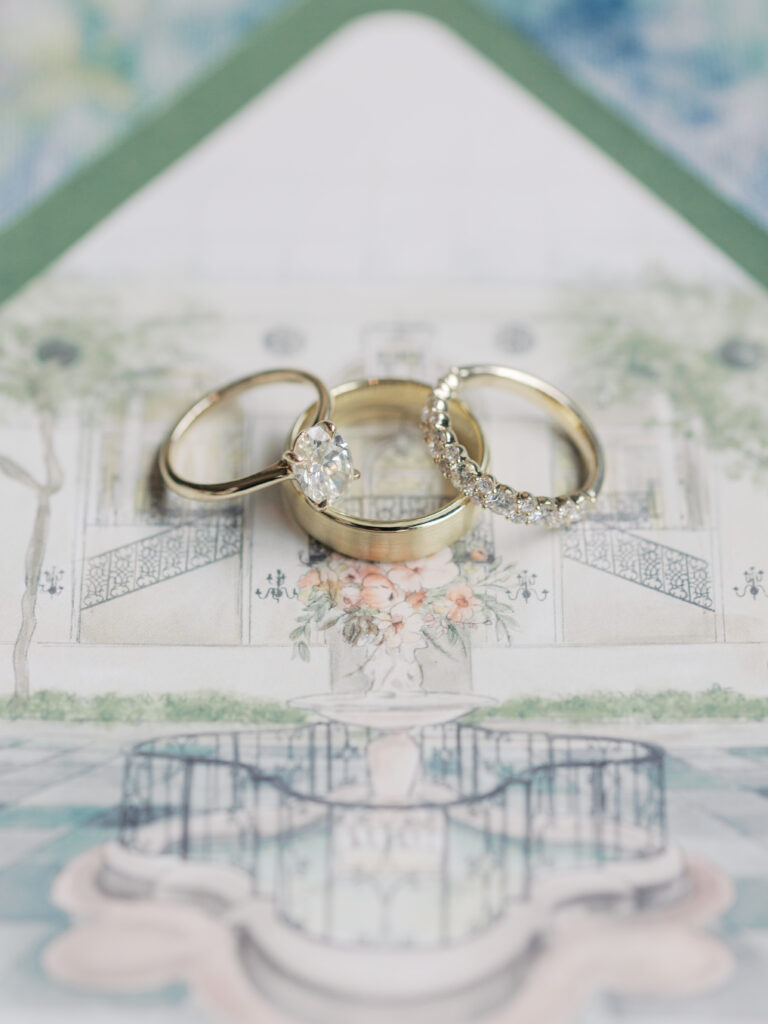
Canon 28-70 F/2.0 RF: My new love, the new and vastly improved baseline. From it’s predecessor’s release all the way back in 1993, the 28-70mm has been a standard lens in nearly every wedding photographer’s kit. I personally wasn’t a fan of it or the 24-70mm 2.8 released after- it never gave me the creamy, dreamy bokeh I was after, and never felt like it could master any focal length. I’d rather carry three lenses than that one! But this RF lens is truly a game changer, and for the first time in a long time, felt like something revolutionary to the lineup. I use this for a lot of the day now- at first I still carried the 50mm Sigma Art lens I thought I needed for overhead and detail shots- I didn’t reach for it. I carried around a 35mm to handle tight hotel rooms. I left it in my bag all day. This lens truly beats out the primes, while still retaining the depth they gave. The color, the sharpness, the bokeh- it’s all beautiful. I’m using it for the entire start of the day, up until first look or wedding party portraits- and then, I’m switching back for the ceremony.
The big negative of this lens (aside from it costing more than my first car) is that it is HEAVY and chunky! I love the mirrorless set up because it allows me to be more subtle like a documentary photographer, blending in more than having a big DSLR did. You can’t hide this lens from anyone. It is large and in charge. Your wrist will hurt at the end of the day, and attaching the 70-200 will feel like a relief!
Honestly, I hated the EF of this lens as well, but came to immediately love the RF version. Like the 24-70mm, this was a CLASSIC wedding photographer lens- it’s long focal length and relatively open aperture make it great for church ceremonies where you may have distance restrictions, and the wide aperture helps for those ceremonies that don’t allow flash. One of my favorite details about this lens is it was redesigned to be lighter than it’s previous version- I believe an entire pound. When you’re slugging it around all day you absolutely feel the difference!
I never loved the old version, and would never dreamed of taking it on couple’s portraits or to the wedding portraits with me. But just like the 28-70, it’s earned it’s place right beside me from the first look or ceremony onward. It’s a dream at receptions in low light, and captures bokeh beautifully. It was my first dip into the RF world and let me tell you- I almost never buy gear new. I signed up for a PREORDER on this work-horse! 100% Worth it.
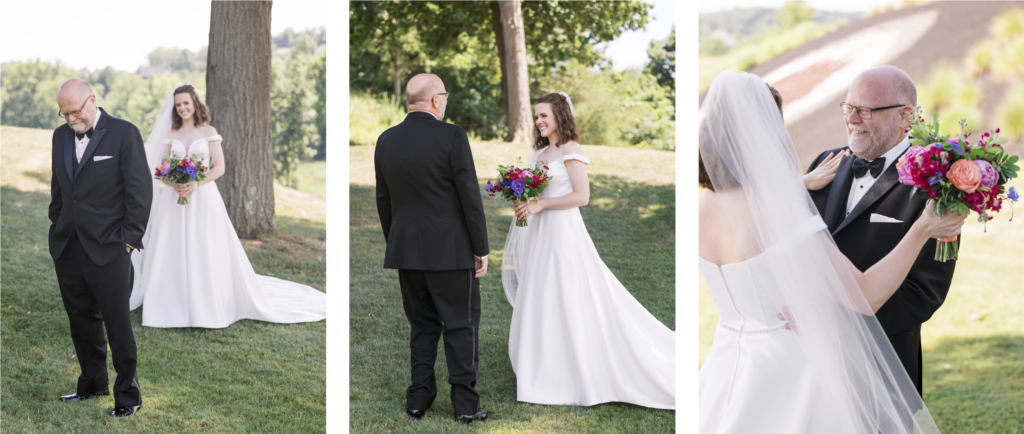
This hasn’t changed in the last three years- this one is my FAVORITE lens. She’s a beaut and a gem. Whenever we’re doing portraits, she’s going to be what’s glued to my camera. The sharpness and softness of this lens is everything! It’s the perfect length for capturing intimate romantic shots, and the wide aperture gives the creamiest bokeh. I love that I can be a little farther from my couples to give them space to be themselves, but also close enough to give direction and guidance. This lens is what gives my signature look!
It’s a little impractical to use in tight spaces and ceremonies, but I would never replace it during portraits.
Professional lenses come with professional price tags, but the Canon 85 1.8 USM is a great lens to start with if you love portraits! It’s not as creamy, but it’s a lot lighter on the camera body AND on your pocket. I kept mine to use in my second-shooter kit! Though this is my favorite lens, it’s not a good FIRST lens. I would suggest the 50mm prime over this as a first, but this lens is key to getting the type of look I love in my photographs.
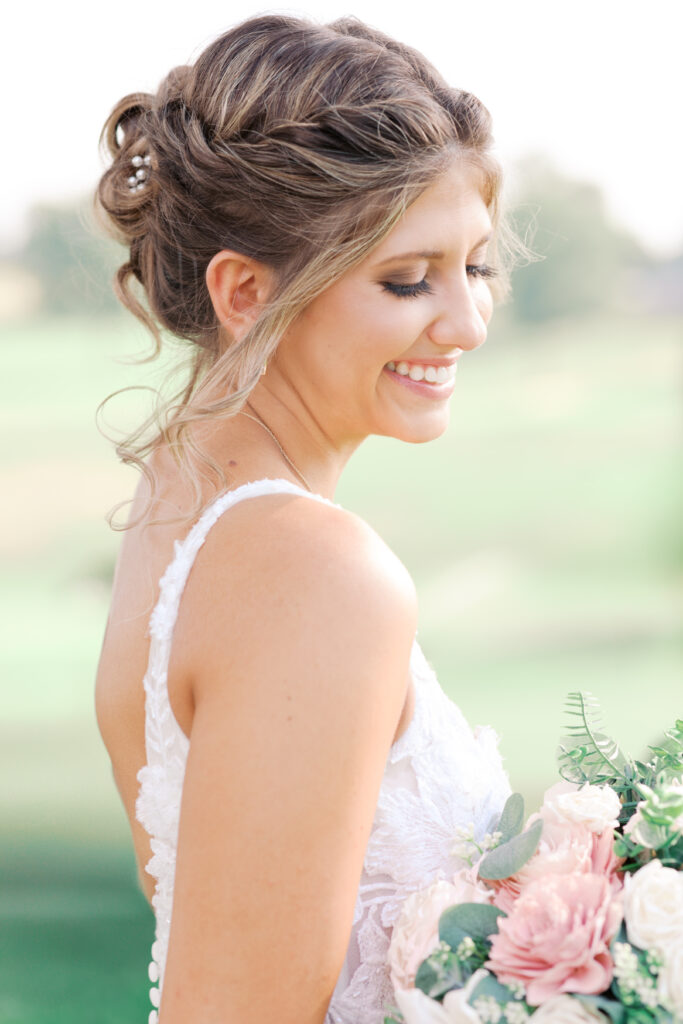
Canon 35mm RF: This is my least used lens, but it serves a purpose! It’s such a small, compact model that I can move quickly around the dance floor, and since it’s so close to the camera, I don’t risk it bumping into the dancers! Plus, at the end of the night, it’s a relief to carry something so light.
FILM:
I keep a supply of Porta 400 in my bag, plus a Canon Elan 7. I primarily use primes (pun intended) when shooting film- the wide open aperture helps for the inability to control ISO. A Sigma 50mm 1.4 is usually my lens of choice for film, but I love using the 85mm 1.4 as well.
LIGHTING:
In a dream world, every ceremony would be outdoors under the perfect cloudy sky, with just a hint of backlighting. All receptions would have candles illuminating the dance floor, fairy lights wrapped around ancient trees, and starlight kissing your faces.
Unfortunately, that’s almost never exactly what it’s like! And for that, I have artificial lighting. I love these 1v units from Godox/Flashpoint- they contain transceivers (no need for pocket wizards or other triggers!) and are surprisingly powerful for being such easily portable units. Bonus points- they’re super affordable! Speedlites take a big hit during wedding days- I’ve watched them fall off of 9ft lightstands, get knocked off of doors when on camera bodies… they take a beating! I usually buy one or two more every year, so the affordability is a huge plus.
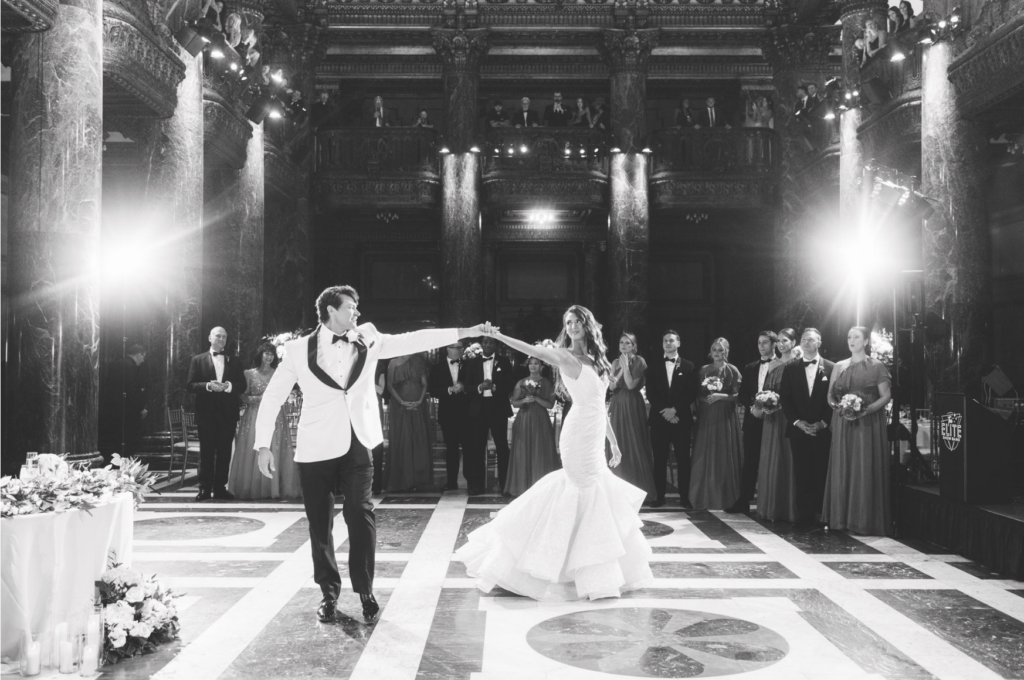
The Godex/Flashpoint 1v is my current favorite on-camera flash. I love that I can control all the units from one spot as I usually have 3-4 lights set up, and that it has a modeling light feature for sparkler exits or dark receptions. I use a combination of two Godex AD200 units, which are incredibly strong for weddings. Their battery life can easily last me two weddings without a single worry, and in a pinch, I can sync both myself and my second shooter up to them- they’re that good!
I always keep Magmod modifiers on my lights to give them a more soft, diffused output. Usually, I’ll have a magsphere (affectionally called the “mag-boob” among photographers) on each off-camera flash during the ceremony, reception, and if needed, prep- though I try to shoot these natural light, when possible, with exception of the reception. As the name suggests, these modifiers are magnetic for easy-on, easy-off set up. They have some cool trick items too, such as gels and grids, to be able to get unique back-lit images. These don’t align strongly with my style, but I alway love throwing one in as an “end of the night” image!
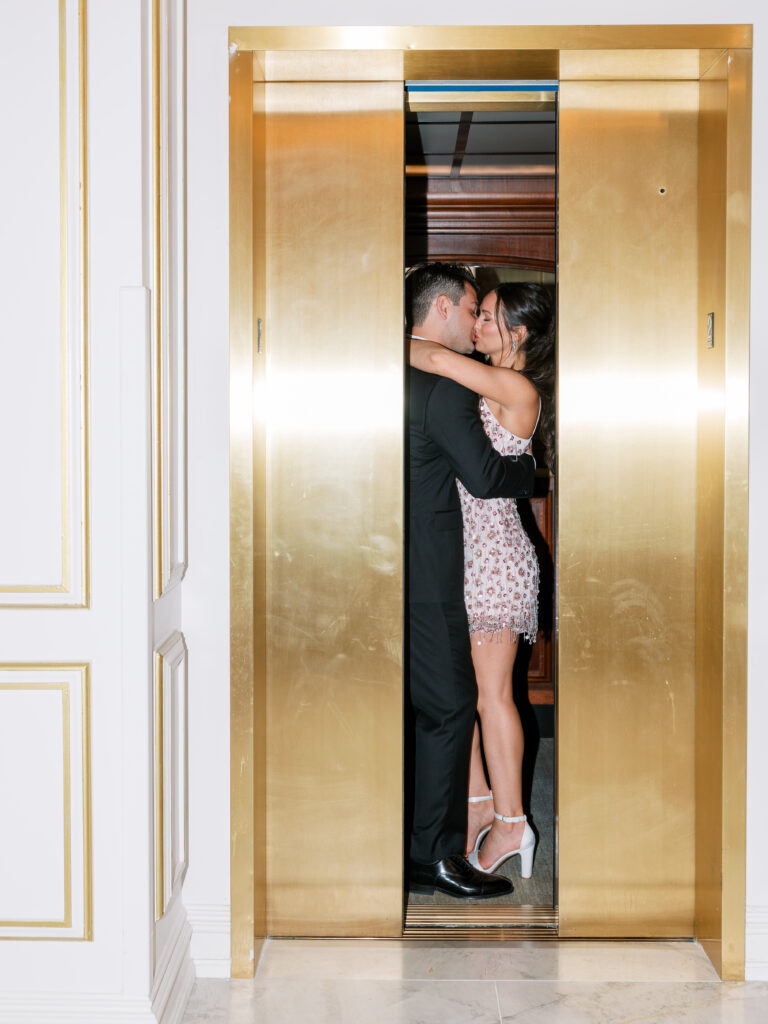
Camera Bag(s):
I have a little system for my wedding days where I keep my gear at the ready by being organized into different bag systems.
- I keep a rolling bag for all my really heavy stuff that I don’t need straight away- this holds things like my backup lights, batteries galore, 70-200 lens, and backup body.
- During the very start of the day I have a bag with my styling kit- AKA, everything I need to capture my bride’s detail shots! This will include my macro lens, ring boxes, hand dyed-silk ribbons, loose flowers, trays, and even backgrounds! This bag pretty much stays away after the morning shots, unless I use it to capture reception details like favors and place cards!
- My Kelly Moore Austin bag is on me at all times with the things I use all through the day- like my 28-70. I switch these things out throughout the day into my rolling bag, based on what I need physically on my body at certain points. During the reception this usually changes to be my 35mm and 28-70mm- it’s all about strategy!
- The Kamrette Lyra Backpack is my go-to for traveling. It had a back panel that easily allows me to secure it to my carry-on luggage, and fits under an airline seat. It can hold everything I need for an engagement session and all the essentials for travel.
- A long lightstand bag will help you move a little faster with multiple stands! Picture a big golf bag 🙂
- These autostands are the best. Instead of pulling them down and messing with screws, you just pick em up and move them. Total time saver.
The Small Stuff:
I also ALWAYS bring a memory-card case that is shock proof, waterproof, and easy to keep organized. The second a card is switched it goes in the case, which is the FIRST thing I bring inside after a shoot (am I setting myself up to be robbed?!). This does not leave my body once the cards are in. Stopping by a fast food joint after a wedding? It comes with me. Getting a nightcap with my second shooter and videographers? It’s there. Car gets hit and I have to go to the emergency room? You know that case is staying with me! I’m a fan of this case from Beeway– it hits all the above specs, plus it holds both SD and CF cards.
I always start the year off with a kit containing the essentials- those can be found on another post, here!
Camera strap:
I’m a fan of the Hold Fast Gear Money Maker Solo strap. While carrying eight pounds of gear around your neck and shoulders for ten hours, you’ll feel it no matter what strap you use. BUT I love that this lets me release my camera when I need to use my hands freely. It also gives me an added layer of security when I’m lifting my camera high up on the dance floor- worst case, it falls back to my side. BONUS ITEM:
Canon 90mm Tilt Shift: This was never a lens on my short list, but it came with a camera I recently purchased and I am so excited to play with it! A tilt-shift is a bit of a “trick” lens, letting you alter the perspective and fall-off of an image. This is the type of lens I’d use for a few pictures in the right location, but doesn’t travel to every session with me. SO much fun though!
I hope you loved reading this as much as I enjoyed making it!
All love,
ATP